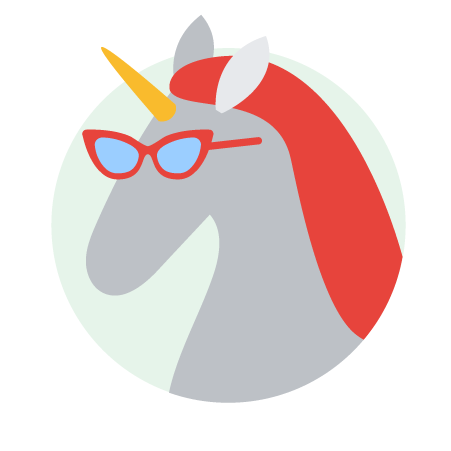2. Introduction to Dialogue and Sequencing
Attributions
- "Cat Stares at Itself on Computer Monitor" by JohnnyMrNinja (https://commons.wikimedia.org/wiki/File:Cat_stares_at_itself_on_computer_monitor.jpg) -- Licensed by Creative Commons Attribution 2.0 Generic (https://creativecommons.org/licenses/by/2.0/deed.en) -- Image scaled up, cropping edges
- "Fire Company Tower" by Jess Mann (https://commons.wikimedia.org/wiki/File:Fire_Company_Tower.jpg) -- Licensed by Creative Commons Attribution-Share Alike 4.0 International (https://creativecommons.org/licenses/by-sa/4.0/deed.en) -- Image not modified
- "Energy" by bensound.com (http://www.bensound.com/royalty-free-music/track/energy)
- "Rubik's cube.svg" by Booyabazooka (https://commons.wikimedia.org/wiki/File:Rubik%27s_cube.svg) -- Licensed by CC BY-SA 3.0 (https://creativecommons.org/licenses/by-sa/3.0/deed.en) -- Image not modified
